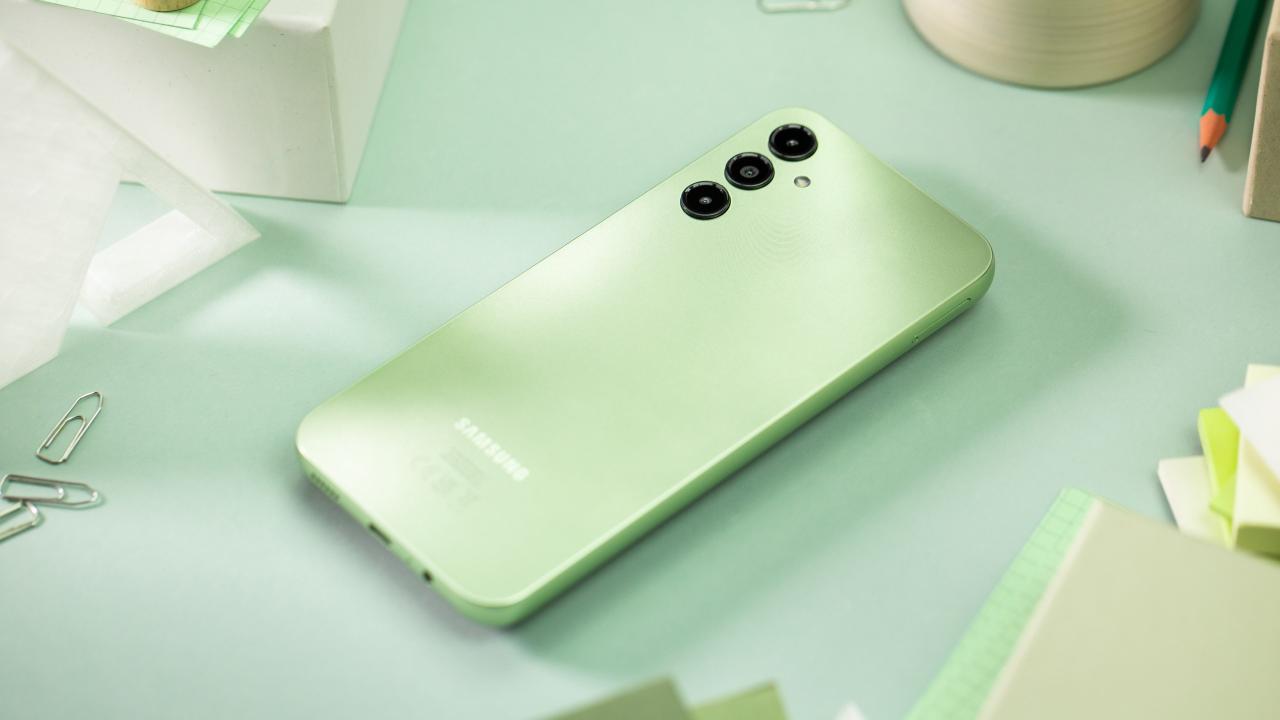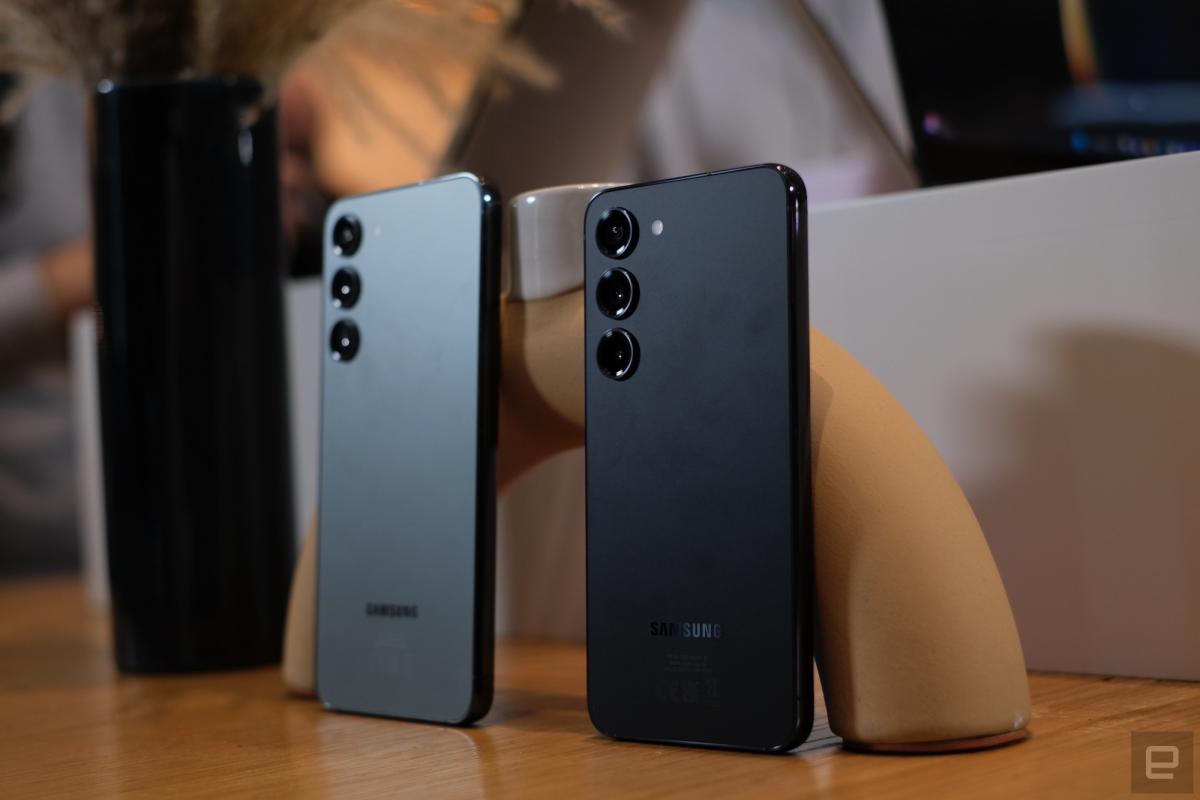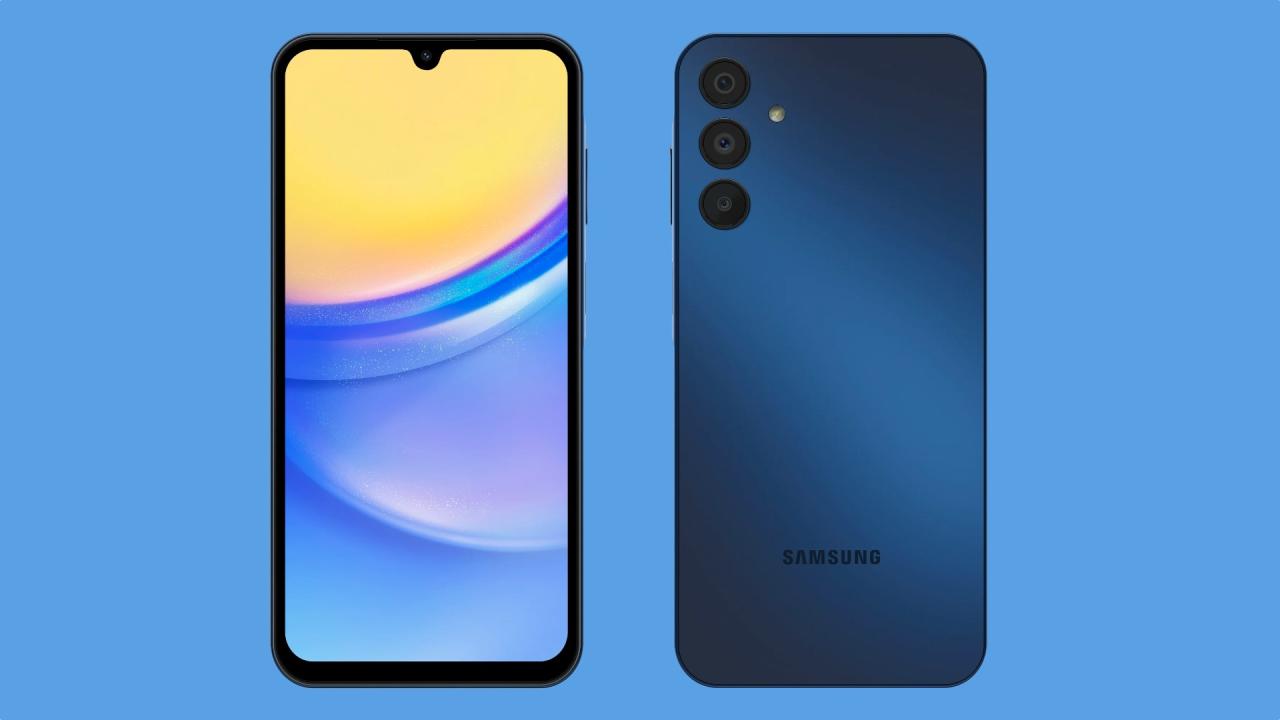samsung galaxy s ii sets the stage for this enthralling narrative, offering readers a glimpse into a story that is rich in detail and brimming with originality from the outset. As a landmark device in the smartphone evolution, the Galaxy S II combined cutting-edge technology with sleek design, capturing the hearts of users and reshaping the mobile landscape. Its impressive features, user experience, and market impact make it a device worth exploring in depth.
With a stunning display, powerful camera, and responsive processor, the Samsung Galaxy S II not only surpassed its predecessor but also set a benchmark for future devices. This article delves into its specifications, user experiences, software updates, and the legacy it left behind in the competitive smartphone market.
Features and Specifications of Samsung Galaxy S II
The Samsung Galaxy S II, unveiled in 2011, marked a significant advancement in mobile technology with its impressive features and sleek design. It was a standout device of its time, combining power, performance, and style to cater to the growing demands of smartphone users.
This device was packed with features that set it apart from its predecessors and contemporaries. With a stunning display, powerful camera capabilities, and a robust processor, the Galaxy S II became one of the most sought-after smartphones in its era. Below, we delve into the detailed specifications that made this device a landmark in the smartphone industry.
Key Features of Samsung Galaxy S II
The Galaxy S II was renowned for its exceptional specifications, which included:
- Display: A 4.3-inch Super AMOLED Plus display with a resolution of 800 x 480 pixels, providing vibrant colors and deep contrasts for an enhanced visual experience.
- Camera: A rear 8MP camera with autofocus and LED flash, capable of recording 1080p video at 30 frames per second, along with a front-facing 2MP camera for video calls.
- Processor: Powered by a dual-core 1.2 GHz Cortex-A9 processor, ensuring smooth multitasking and swift performance.
- Operating System: Initially launched with Android 2.3 (Gingerbread), which was upgradeable to Android 4.1.2 (Jelly Bean), providing access to a wide array of applications and features.
- Battery: A 1650 mAh battery that offered decent longevity for a device of its time, supporting daily usage without frequent recharges.
- Storage Options: Available in 16GB and 32GB variants, expandable via microSD card up to 32GB, accommodating ample space for apps, media, and files.
- Connectivity: Equipped with 3G, Wi-Fi 802.11 b/g/n, Bluetooth 3.0, and NFC (near field communication) capabilities for seamless connectivity.
Specifications Comparison with Predecessor and Successor Models
The Samsung Galaxy S II showed significant improvements over its predecessor, the Galaxy S, and comparisons to its successor, the Galaxy S III, highlight its evolution in design and capability.
| Feature | Galaxy S | Galaxy S II | Galaxy S III |
|---|---|---|---|
| Display Size | 4.0 inches | 4.3 inches | 4.8 inches |
| Resolution | 800 x 480 pixels | 800 x 480 pixels | 1280 x 720 pixels |
| Processor | 1 GHz Cortex-A8 | 1.2 GHz Cortex-A9 | 1.4 GHz Quad-core Cortex-A9 |
| Rear Camera | 5 MP | 8 MP | 8 MP |
| Battery Capacity | 1500 mAh | 1650 mAh | 2100 mAh |
| Storage Options | 8GB, expandable | 16GB/32GB, expandable | 16GB/32GB/64GB, expandable |
The Galaxy S II represented a leap in technology, boasting a larger display and improved processing power compared to the Galaxy S. When compared to the Galaxy S III, it is evident that while the S II was innovative at its launch, the S III took advancements further with enhanced resolution and a more powerful processor. The evolutionary design and capability of these devices highlight Samsung’s commitment to pushing the boundaries of mobile technology.
User Experience and Performance

The Samsung Galaxy S II was designed to deliver an exceptional user experience, blending innovative technology with user-friendly features. From its sleek interface to its powerful hardware, it aims to provide seamless interaction and multitasking capabilities, making it one of the standout devices of its time.
The user interface of the Galaxy S II is built on Samsung’s TouchWiz, which enhances the overall usability of the Android operating system. Users frequently praise the device for its intuitive design, which allows for easy navigation through apps and settings. The vibrant Super AMOLED Plus display offers stunning visuals, providing an immersive experience whether users are browsing the web, watching videos, or playing games.
User Interface and Navigation
The Samsung Galaxy S II features a range of customizable options that enhance personal interaction. The layout includes:
- Widgets: Users can personalize their home screens with various widgets, providing quick access to information and apps.
- Notifications: The notification bar allows users to manage alerts and settings efficiently, making multitasking simpler.
- Touch response: The device’s touch sensitivity is highly responsive, making navigation swift and accurate.
The combination of these features ensures that users find the device easy to operate, even when switching between multiple tasks.
Performance and Multitasking
The Samsung Galaxy S II is powered by a dual-core processor, which significantly enhances its performance capabilities. Users report that the phone handles everyday tasks with ease, including:
- App Launching: Applications open quickly, and users can switch between them without noticeable lag.
- Gaming: The device runs graphically intensive games smoothly, thanks to its powerful GPU.
- Multitasking: Users can run multiple applications simultaneously, from music streaming to web browsing, without performance dips.
Overall, the performance of the Galaxy S II meets the expectations of users looking for speed and efficiency in their mobile experience.
Battery Life and Durability, Samsung galaxy s ii
User feedback regarding the battery life of the Samsung Galaxy S II indicates a generally positive experience. With a 1650 mAh battery, most users find that they can achieve a full day of usage under normal conditions, which includes calls, texts, and moderate app usage. However, heavy users may want to recharge mid-day.
Durability is another aspect users appreciate. The device has a robust build, which withstands daily wear and tear. The screen is resistant to scratches, and the overall design feels solid and reliable. Users have reported successful resistance to minor drops, contributing to its reputation as a sturdy smartphone.
“The Samsung Galaxy S II balances performance and durability, making it a solid choice for users seeking reliability in their daily mobile activities.”
Software and Updates: Samsung Galaxy S Ii

The Samsung Galaxy S II, initially released with Android 2.3 Gingerbread, has undergone several software updates that significantly enhanced its capabilities. This device marked a pivotal point in Samsung’s smartphone evolution, providing users with an engaging experience through its software features and regular updates. These updates not only improved security but also introduced new functionalities that kept the device relevant for longer.
The operating system for the Samsung Galaxy S II initially shipped with Android 2.3, but it received updates that brought it to Android 4.1.2 Jelly Bean. This update was particularly noteworthy, as it introduced Google Now, Project Butter for smoother performance, and various enhancements to the user interface. These improvements contributed to a more fluid experience, making navigation and multitasking more efficient.
Software Features Enhancing Functionality
The Galaxy S II’s software features played a crucial role in enhancing its overall functionality. Among the most significant features are:
- TouchWiz UI: Samsung’s custom user interface provided a unique layer over stock Android, offering additional widgets and personalization options.
- Smart Stay: This innovative feature used the front camera to detect when the user was looking at the screen, preventing the display from dimming.
- Multi-Window Support: Although primarily associated with later models, specific updates introduced basic multitasking features allowing users to run apps side by side.
- Pop-Up Play: Enabled users to watch videos in a small window while using other applications, enhancing multitasking capabilities.
- Voice Commands: Integration of voice control added a new dimension to user interaction, allowing hands-free operation for various functions.
The impact of these features was significant, providing users with an intuitive interface and increasing the device’s usability for everyday tasks and entertainment.
Impact of Software Updates on Performance and User Experience
Software updates have a profound impact on the performance and user experience of the Samsung Galaxy S II. These updates not only patched security vulnerabilities but also optimized the device’s performance. For instance, the transition from Gingerbread to Jelly Bean improved the overall speed and responsiveness of the device. Users reported smoother animations, faster app launches, and more reliable connectivity.
Updates also introduced enhancements that positively affected battery life and system stability. As users received updates, they noted the following benefits:
- Increased Responsiveness: The updates improved the touch response, making interactions more fluid and enjoyable.
- Better App Compatibility: With newer Android versions, apps were more optimized for performance, leading to fewer crashes and improved functionality.
- Enhanced Security: Regular updates provided necessary security patches that protected users from vulnerabilities, thereby safeguarding personal information.
- New Features: Each update not only fixed bugs but also introduced new features that kept the device competitive in a rapidly evolving market.
In summary, the software and updates for the Samsung Galaxy S II played an essential role in maintaining its relevance and enhancing user satisfaction, demonstrating the importance of keeping a device updated in an ever-changing technological landscape.
Market Impact and Legacy

The Samsung Galaxy S II made a significant mark on the smartphone market upon its release in 2011, setting new standards in performance, design, and user experience. This flagship device not only pushed the boundaries of smartphone technology but also influenced the strategies of competitors, effectively reshaping the landscape of mobile devices.
The Galaxy S II was instrumental in popularizing features such as larger screens, slimmer profiles, and powerful processing capabilities that became benchmarks for future smartphones. Its sleek design and vibrant AMOLED display captured consumer attention, leading to widespread adoption and admiration. The device’s success paved the way for Samsung’s dominance in the smartphone market, helping the company secure a place as a leading innovator in mobile technology.
Influence on Design Trends
The release of the Galaxy S II set a precedent for design elements that would become staples in subsequent smartphone models. Many manufacturers began to follow its lead in a variety of ways:
– Slim Profile: The S II was one of the thinnest smartphones at the time, inspiring other brands to develop devices that prioritized form factor without sacrificing performance.
– Larger Displays: The introduction of a 4.3-inch screen encouraged competitors to adopt larger display sizes, which have since become standard in the industry.
– Plastic vs. Metal: While the Galaxy S II utilized a plastic casing, it proved that a well-crafted plastic body could be appealing, influencing many manufacturers to adopt similar materials without compromising on style.
– User Interface (UI) Design: The TouchWiz interface introduced by Samsung showcased the importance of intuitive UI, leading other brands to invest more in user experience design.
The impact of the Galaxy S II is evident across various models released in the following years, as brands sought to replicate its successful aspects while innovating their own features.
Sales and Market Reception
During its lifetime, the Galaxy S II achieved impressive sales figures, which underscored its popularity and market influence. The device sold over 40 million units globally, marking it as one of Samsung’s most successful smartphones at the time. Here are some statistics that exemplify its market reception:
– Launch Performance: Within the first five months of its release, the S II became the best-selling Android phone, demonstrating the strong demand for high-performance smartphones.
– Impact on Samsung’s Growth: The success of the Galaxy S II contributed significantly to Samsung’s rise to prominence, helping the company to become the largest smartphone vendor by market share in 2012.
– Awards and Recognition: The device received several accolades, including the prestigious title of “Best Smartphone” at the Global Mobile Awards in 2012, further solidifying its legendary status.
“The Samsung Galaxy S II not only revolutionized the smartphone design landscape but also reshaped consumer expectations for mobile technology.”
The legacy of the Galaxy S II continues to influence smartphone development today, as its mix of cutting-edge features, design aesthetics, and successful marketing strategies set a template that many manufacturers strive to replicate and build upon.
FAQ Explained
What was the release date of the Samsung Galaxy S II?
The Samsung Galaxy S II was released in April 2011.
What operating system did the Samsung Galaxy S II originally run?
It originally ran on Android 2.3 Gingerbread.
Is the Samsung Galaxy S II still supported with updates?
No, the Samsung Galaxy S II no longer receives official software updates.
What was the screen size of the Samsung Galaxy S II?
The Samsung Galaxy S II featured a 4.3-inch Super AMOLED Plus display.
What type of processor did the Samsung Galaxy S II use?
It was powered by a dual-core 1.2 GHz ARM Cortex-A9 processor.
The innovations in mobile technology are fascinating, especially with devices like the iPhone that utilize advanced chip iphone for better performance and efficiency. These chips enable seamless multitasking and impressive graphics, setting a high standard in the smartphone market. In comparison, the samsung galaxy s10plus also offers remarkable capabilities, making it a strong competitor with its powerful features and sleek design.
When discussing flagship smartphones, the samsung galaxy s10plus stands out with its stunning display and robust performance. This device showcases what high-end technology can achieve, particularly with its advanced features that rival those found in the latest iPhone models, which are powered by the innovative chip iphone. Both devices represent the pinnacle of smartphone engineering in today’s market.